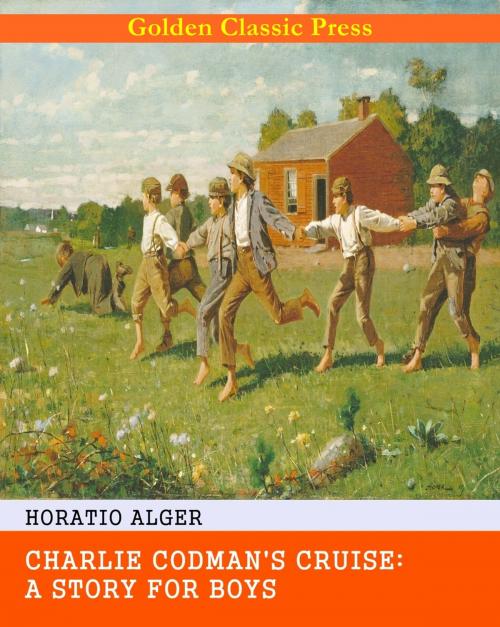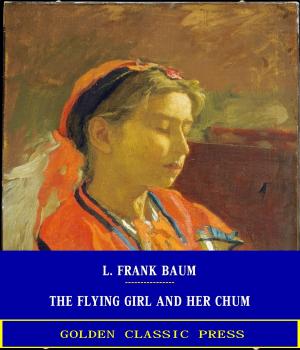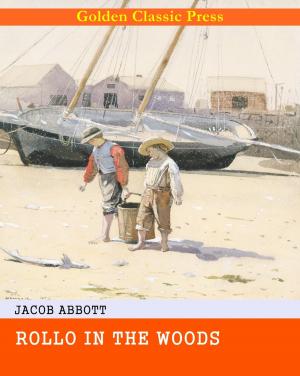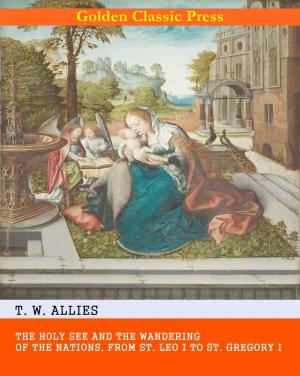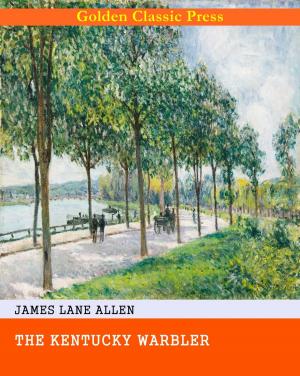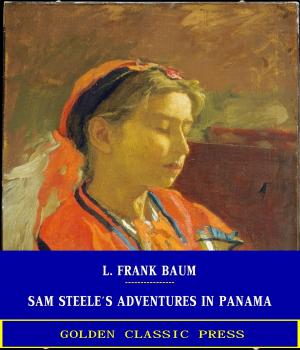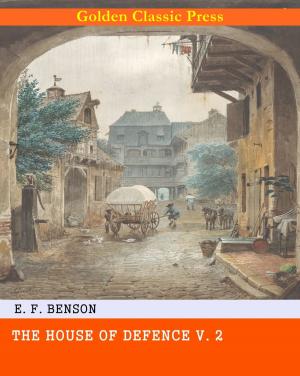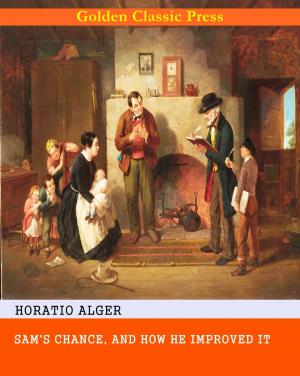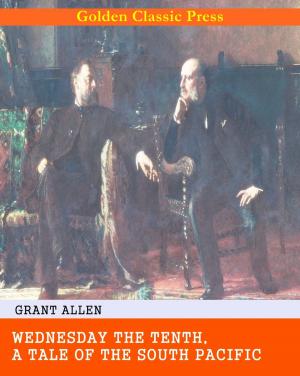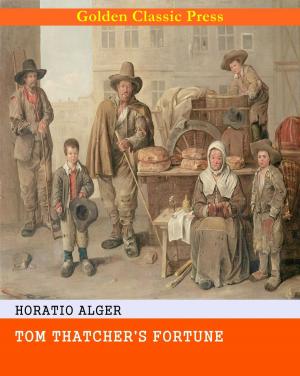Charlie Codman's Cruise: A Story for Boys
Fiction & Literature, Action Suspense, Classics, Historical| Author: | Horatio Alger | ISBN: | 1230002941738 |
| Publisher: | GOLDEN CLASSIC PRESS | Publication: | November 28, 2018 |
| Imprint: | Language: | English |
| Author: | Horatio Alger |
| ISBN: | 1230002941738 |
| Publisher: | GOLDEN CLASSIC PRESS |
| Publication: | November 28, 2018 |
| Imprint: | |
| Language: | English |
*** Original and Unabridged Content. Made available by GOLDEN CLASSIC PRESS***
Synopsis:
Horatio Alger, also called Horatio Alger, Jr., (born Jan. 13, 1832, Chelsea, Mass., U.S.—died July 18, 1899, Natick, Mass.), one of the most popular American authors in the last 30 years of the 19th century and perhaps the most socially influential American writer of his generation.
Alger was the son of a Unitarian minister, Horatio Alger, Sr., who tutored him in reading from the age of six. The young Alger showed an interest in writing, and at Harvard University he distinguished himself in the classics and graduated in 1852 with Phi Beta Kappa honours. After leaving Harvard, Alger worked as a schoolteacher and contributed to magazines. In 1857 he enrolled in the Harvard Divinity School, from which he took his degree in 1860. He then took a seven-month tour of Europe and returned to the United States shortly after the outbreak of the American Civil War. During the war he was rejected for army service.
Alger was ordained in 1864, and he accepted the pulpit of a church in Brewster, Mass., but he was forced to leave in 1866 following allegations of sexual activities with local boys. In that year he moved to New York City, and, with the publication and sensational success of Ragged Dick; or, Street Life in New York with the Bootblacks (serialized in 1867, published in book form in 1868), the story of a poor shoeshine boy who rises to wealth, Alger found his lifelong theme. In the more than 100 books that he would write over 30 years, Alger followed the rags-to-riches formula that he had hit upon in his first book.
The success of Ragged Dick led Alger to actively support charitable institutions for the care of foundlings and runaway boys. It was in this atmosphere that Alger wrote stories of boys who rise from poverty to wealth and fame, stories that were to make him famous and contribute the “Alger hero” to the American language. In a steady succession of books that are almost alike except for the names of their characters, he preached that by honesty, cheerful perseverance, and hard work, the poor but virtuous lad would have his just reward—though the reward is almost always precipitated by a stroke of good luck. Alger’s novels had enormous popular appeal at a time when great personal fortunes were being made and seemingly unbounded opportunities for advancement existed in the United States’ burgeoning industrial cities. Alger’s most popular books were the Ragged Dick, Luck and Pluck, and Tattered Tom series. His books sold over 20 million copies, even though their plots, characterizations, and dialogue were consistently and even outrageously bad.
By the mid-1890s his health was waning, and Alger settled in Natick, Mass., with his sister Olive and her husband. He died there a few years later.
*** Original and Unabridged Content. Made available by GOLDEN CLASSIC PRESS***
Synopsis:
Horatio Alger, also called Horatio Alger, Jr., (born Jan. 13, 1832, Chelsea, Mass., U.S.—died July 18, 1899, Natick, Mass.), one of the most popular American authors in the last 30 years of the 19th century and perhaps the most socially influential American writer of his generation.
Alger was the son of a Unitarian minister, Horatio Alger, Sr., who tutored him in reading from the age of six. The young Alger showed an interest in writing, and at Harvard University he distinguished himself in the classics and graduated in 1852 with Phi Beta Kappa honours. After leaving Harvard, Alger worked as a schoolteacher and contributed to magazines. In 1857 he enrolled in the Harvard Divinity School, from which he took his degree in 1860. He then took a seven-month tour of Europe and returned to the United States shortly after the outbreak of the American Civil War. During the war he was rejected for army service.
Alger was ordained in 1864, and he accepted the pulpit of a church in Brewster, Mass., but he was forced to leave in 1866 following allegations of sexual activities with local boys. In that year he moved to New York City, and, with the publication and sensational success of Ragged Dick; or, Street Life in New York with the Bootblacks (serialized in 1867, published in book form in 1868), the story of a poor shoeshine boy who rises to wealth, Alger found his lifelong theme. In the more than 100 books that he would write over 30 years, Alger followed the rags-to-riches formula that he had hit upon in his first book.
The success of Ragged Dick led Alger to actively support charitable institutions for the care of foundlings and runaway boys. It was in this atmosphere that Alger wrote stories of boys who rise from poverty to wealth and fame, stories that were to make him famous and contribute the “Alger hero” to the American language. In a steady succession of books that are almost alike except for the names of their characters, he preached that by honesty, cheerful perseverance, and hard work, the poor but virtuous lad would have his just reward—though the reward is almost always precipitated by a stroke of good luck. Alger’s novels had enormous popular appeal at a time when great personal fortunes were being made and seemingly unbounded opportunities for advancement existed in the United States’ burgeoning industrial cities. Alger’s most popular books were the Ragged Dick, Luck and Pluck, and Tattered Tom series. His books sold over 20 million copies, even though their plots, characterizations, and dialogue were consistently and even outrageously bad.
By the mid-1890s his health was waning, and Alger settled in Natick, Mass., with his sister Olive and her husband. He died there a few years later.
